Every once in a while, a documentary emerges that not only enlightens us about the world but also leaves a deep and lasting impact on how we view our place within it.
When considering documentaries that have changed the world, it's easy to think of landmark films that exposed corruption, tackled social issues, or redefined environmental consciousness. Yet, sometimes, the most powerful change comes from stories that touch our hearts and open our eyes to lives and struggles beyond our daily experience. One such recent example is the Netflix original "Pangolin: Kulu’s Journey," a film that, while initially appearing as a standard nature documentary, delivers an experience far more personal and transformative.
Beyond Expectations: A Documentary With Heart
Many viewers, upon pressing play, might expect "Pangolin: Kulu’s Journey" to offer an informative, if somewhat familiar, exploration of the pangolin—an elusive and often misunderstood creature. However, what unfolds is a deeply personal narrative that weaves together the animal’s journey with broader themes of vulnerability, survival, and hope. The film transcends traditional wildlife storytelling by forging an emotional connection between the audience and its subject, prompting viewers to reflect on their own lives and responsibilities toward the natural world.
Key Elements That Set 'Pangolin: Kulu’s Journey' Apart
Elements That Make "Pangolin: Kulu’s Journey" Unique
Personal Storytelling: Unlike many documentaries that maintain a detached or observational tone, this film dives into the intimate details of Kulu’s life. Through the lens of this tiny creature, viewers witness a world filled with beauty and peril.
Emotional Resonance: The narrative doesn’t just inform—it invites empathy. By humanizing the journey of a single pangolin, the film builds a bridge between species and fosters genuine concern for wildlife conservation.
Raising Awareness: Pangolins are among the world’s most trafficked animals, yet remain relatively unknown. By highlighting both their plight and resilience, the documentary encourages viewers to become advocates for change.
Visual Storytelling: Striking cinematography immerses the audience in Kulu’s environment, showcasing not only the majesty of the natural world but also its fragility.
How Documentaries Like This Change the World
Documentaries have always played a critical role in shifting perspectives and inspiring action. "Pangolin: Kulu’s Journey" stands out by:
Sparking Conversations: The film encourages discussions about conservation, endangered species, and the impact of human activities on fragile ecosystems.
Motivating Change: By personalizing the stakes through Kulu’s journey, audiences are more likely to feel compelled to support conservation efforts or make lifestyle changes.
Educating Wider Audiences: Through streaming platforms like Netflix, powerful stories like this one reach global audiences, amplifying their message and potential impact.
Why Stories Like Kulu's Matter
In a world flooded with information and images, it takes a truly remarkable story to break through and inspire real change. Documentaries that combine factual storytelling with emotional depth—like "Pangolin: Kulu’s Journey"—remind us that saving the planet isn’t just about statistics or policy; it’s about empathy, connection, and understanding the intrinsic value of every living being.
If you’re interested in experiencing this deeply personal and transformative journey yourself, you can learn more about it here: https://www.cinemablend.com/streaming-news/expected-nature-documentary-netflix-pangolin-kulus-journey-what-i-got-was-deeply-personal.
The Lasting Impact of Transformative Documentaries
Documentaries have the power to change the world—not only by exposing truths or advocating for justice but also by fostering empathy and connection across boundaries. "Pangolin: Kulu’s Journey" exemplifies this potential, offering an unforgettable look at one small creature’s struggle while inspiring us to reconsider our role as stewards of the Earth.
Let us continue to seek out these stories and allow them to change us—one journey at a time.

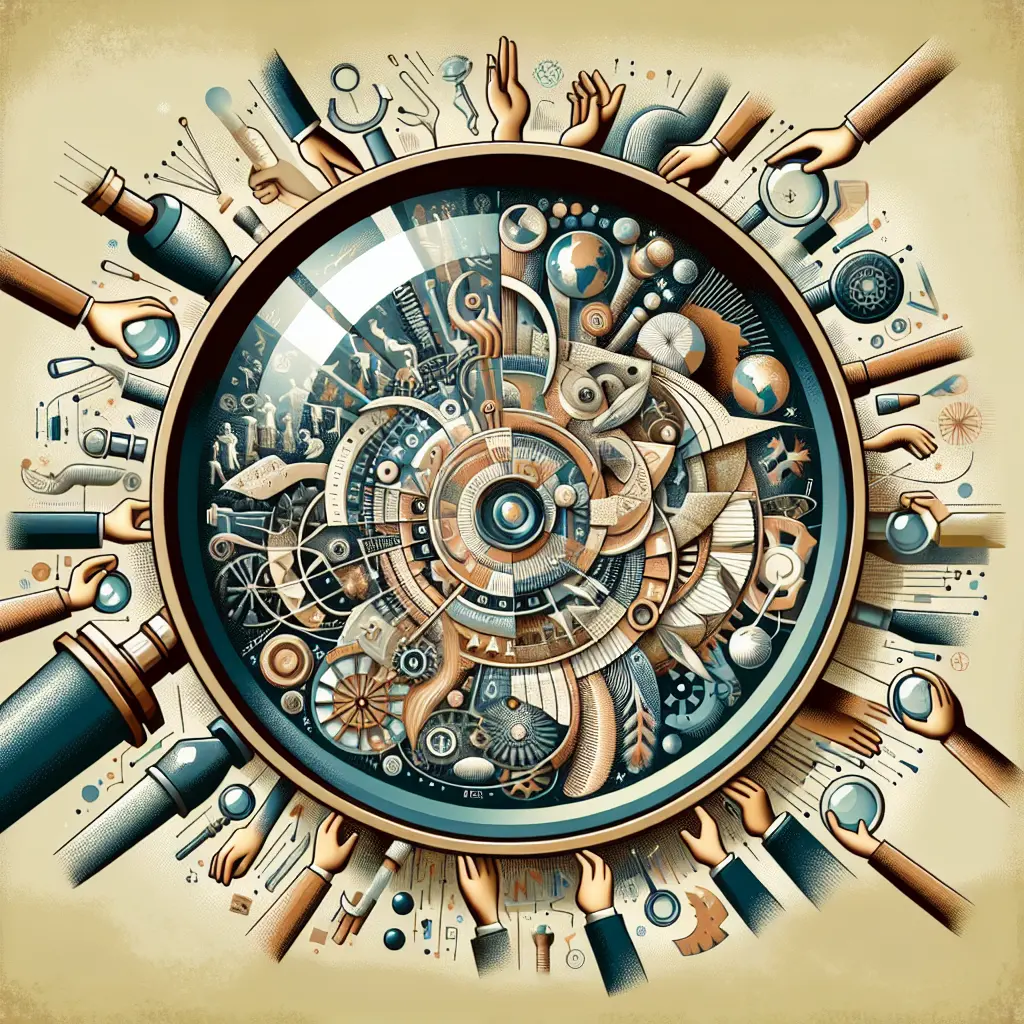
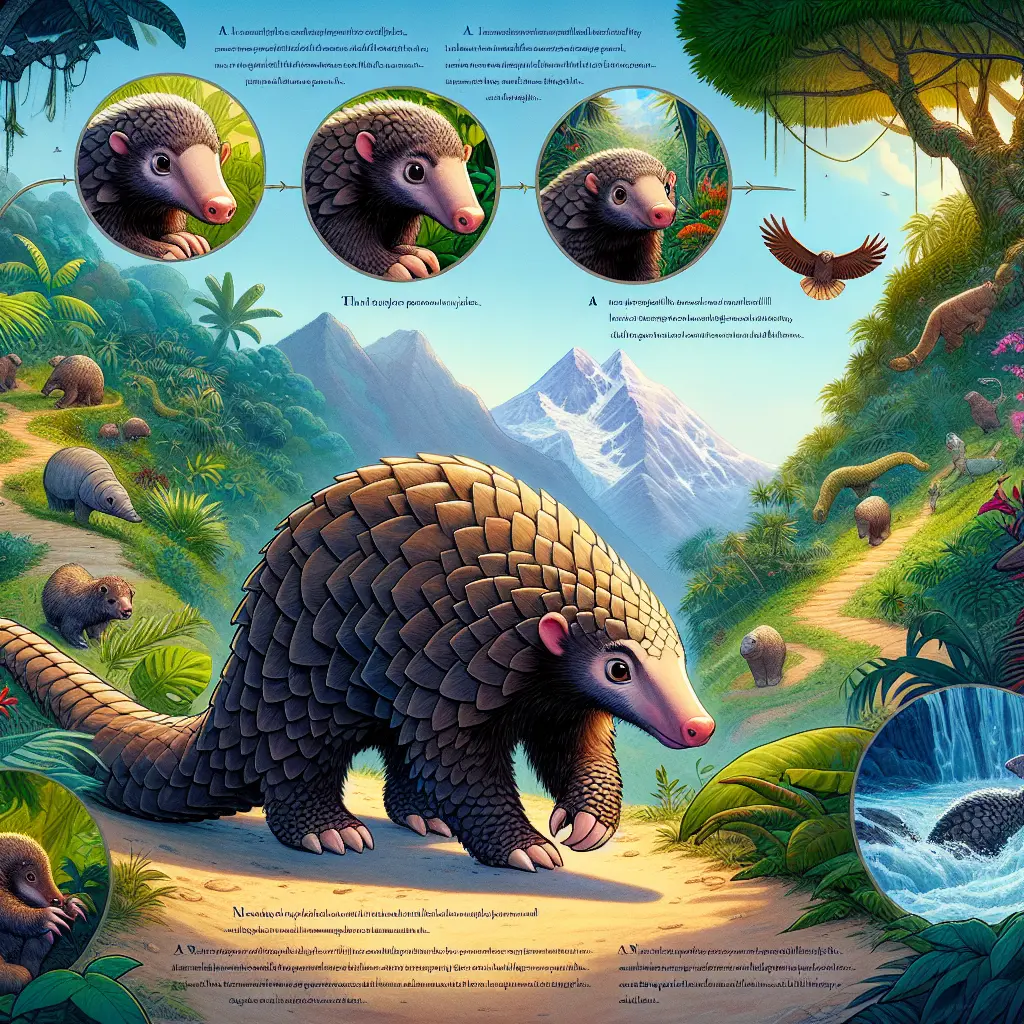


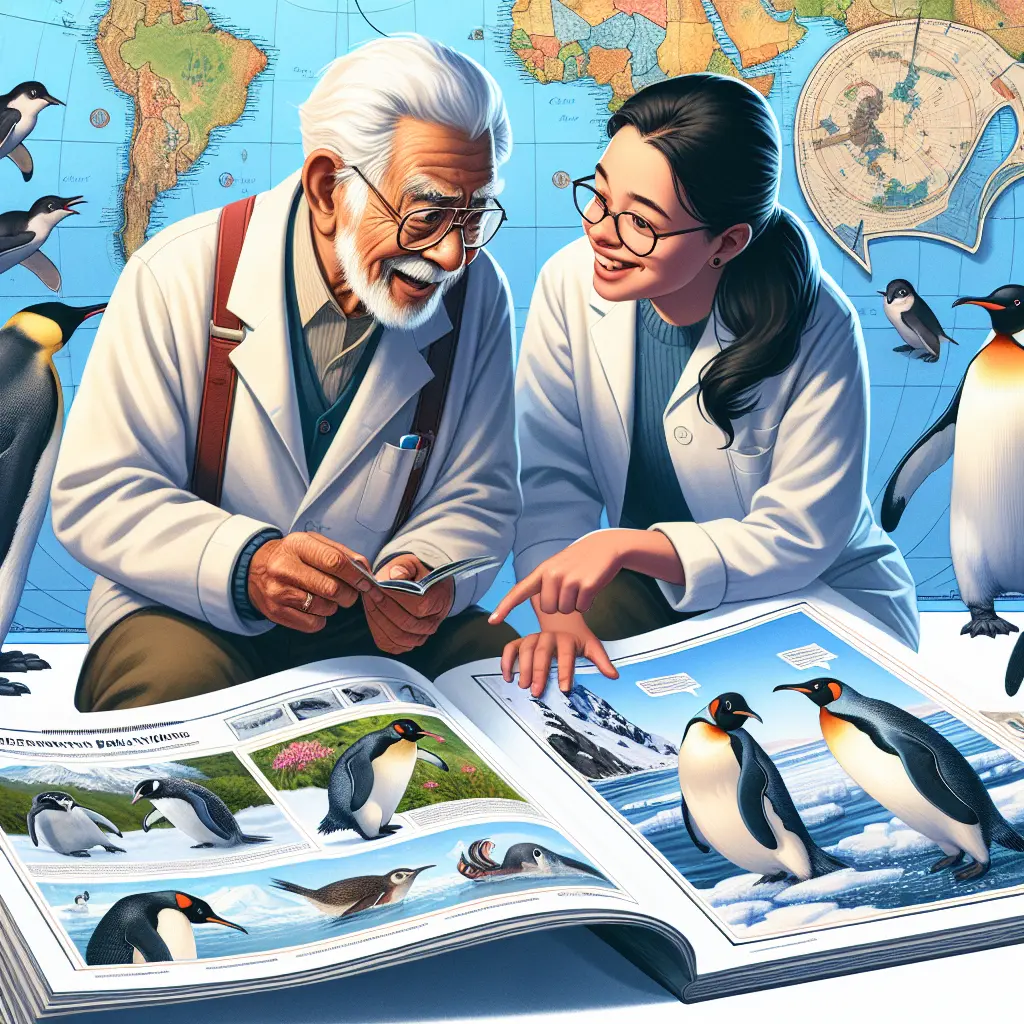
_netflix_documentary.webp)
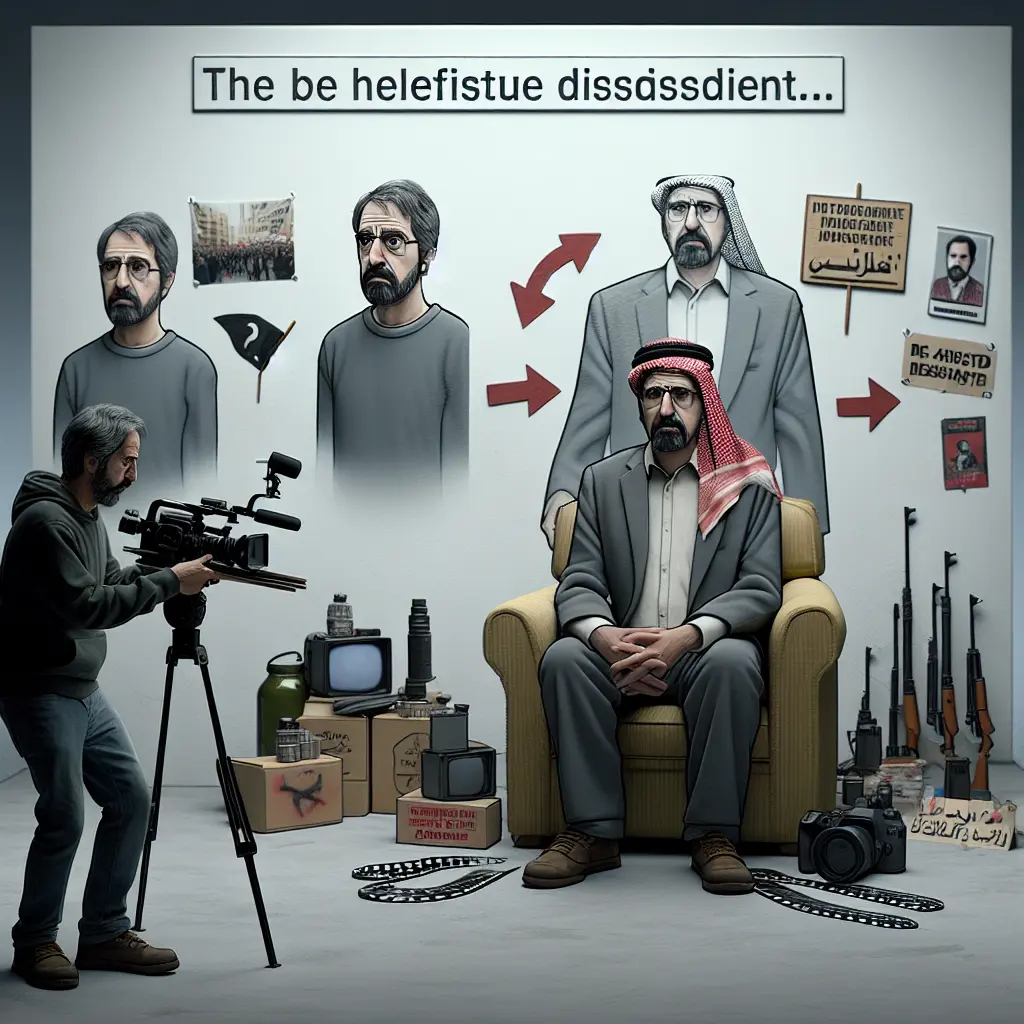

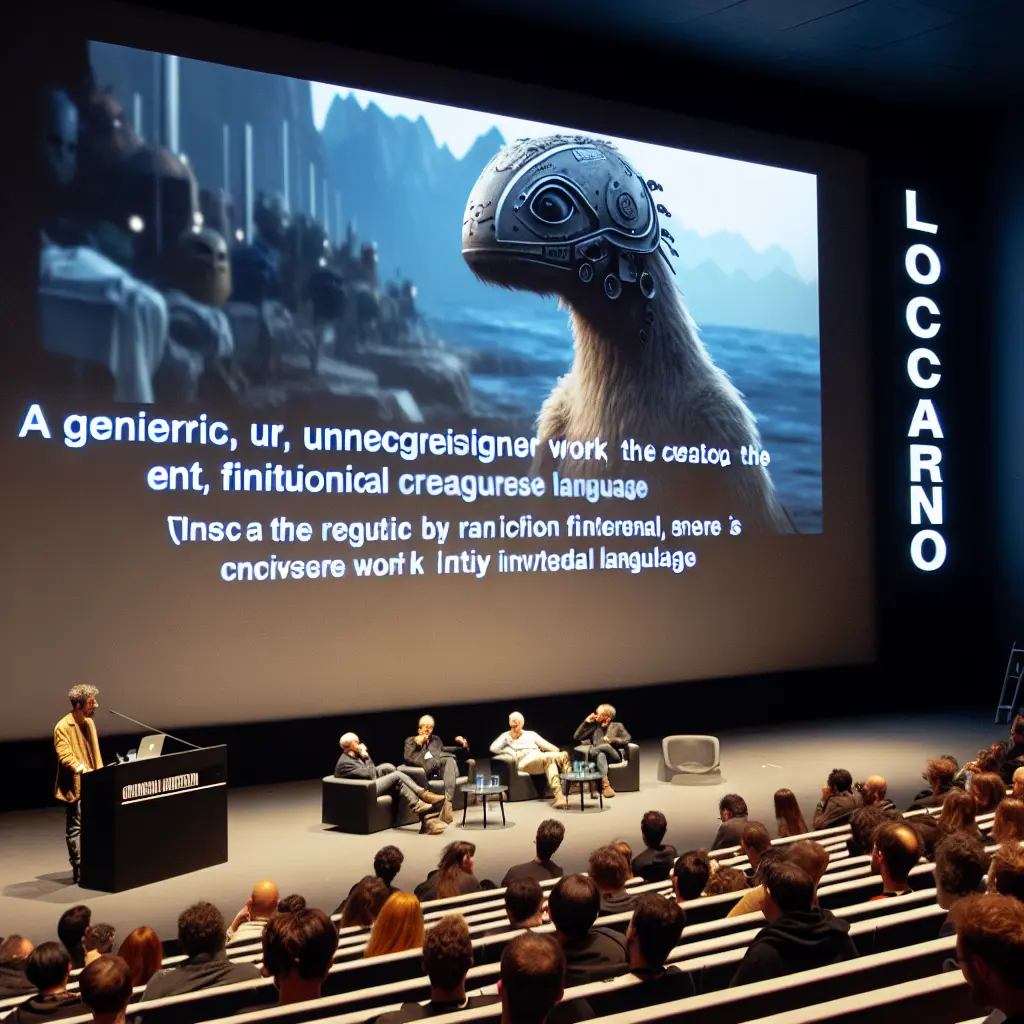
Leave a Comment